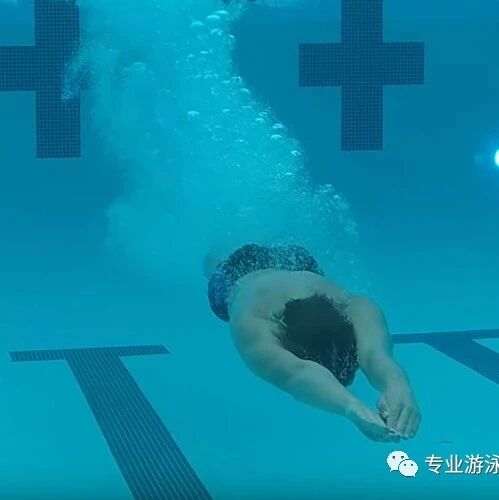Learn about the history and origins of butterfly swimming, and get ready to start mastering the butterfly stroke.
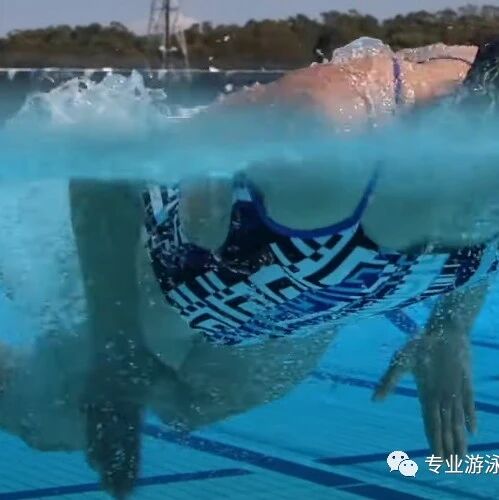
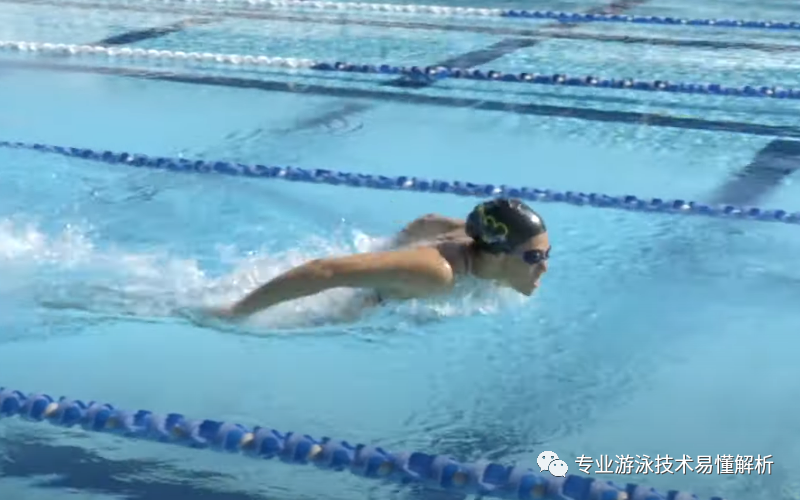
When you see someone executing the butterfly stroke flawlessly, it’s truly a feast for the eyes—combining not just raw, commanding power but also graceful elegance and effortless composure. However, reaching that level requires relentless refinement of technique and an ever-improving sense of body control. The butterfly is notoriously challenging to master, let alone perfect. It may seem simple to keep your head above water, yet many swimmers struggle with this basic aspect. Even those who manage to do it often end up straining their necks, awkwardly craning their heads backward. Only through consistent practice, mastering the rhythm of the stroke, and honing your ability to fully control your body can you finally achieve that fluid, graceful posture. After all, swimming the butterfly beautifully and effortlessly demands both powerful strength—and the precise timing to match it perfectly.
Breaststroke and freestyle are generally easier to master compared to butterfly, so it’s recommended to first become proficient in these two strokes before tackling butterfly. This way, you can reinforce your understanding by comparing the techniques, making it easier to grasp the nuances of movement and timing—ultimately helping you "feel" the stroke more naturally.
You could say that butterfly is the swimming stroke most worth investing your time and energy in—not just because it looks stunning in the water, but also because no other stroke compares to butterfly in terms of its physical demands and the precision required to master its powerful, coordinated movements. It’s incredibly beneficial for fitness, plus butterfly is actually faster than many other strokes, including breaststroke and backstroke. Best of all, though, butterfly is simply one of the most enjoyable and fun swimming styles to practice!
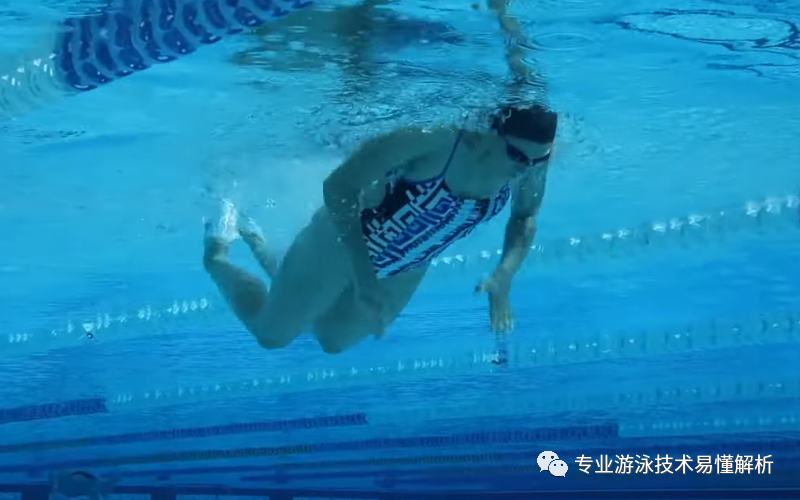
1. The History of Butterfly Stroke
The history of this swimming stroke is somewhat obscure, but most people believe that Sydney-Carver, an Australian amateur swimming champion and the son of a swimming instructor, was the one who invented butterfly.
In 1933, swimmer Henry-Miles popularized this stroke during a competition at the Brooklyn YMCA, bringing greater public attention to it. David Armbruster, swimming coach at the University of Iowa, independently invented the butterfly stroke in 1934 as a way to reduce resistance while swimming breaststroke. A year later, Jack Sieg, an Iowa swimmer, refined the technique by incorporating a coordinated kicking motion that synchronized perfectly with the arm movements—thus giving birth to what we now know as the butterfly kick. Over time, this innovative style evolved into the modern butterfly stroke as we recognize it today. In 1952, the International Swimming Federation (FINA) officially recognized the butterfly as a distinct swimming technique, and it made its Olympic debut in 1956.
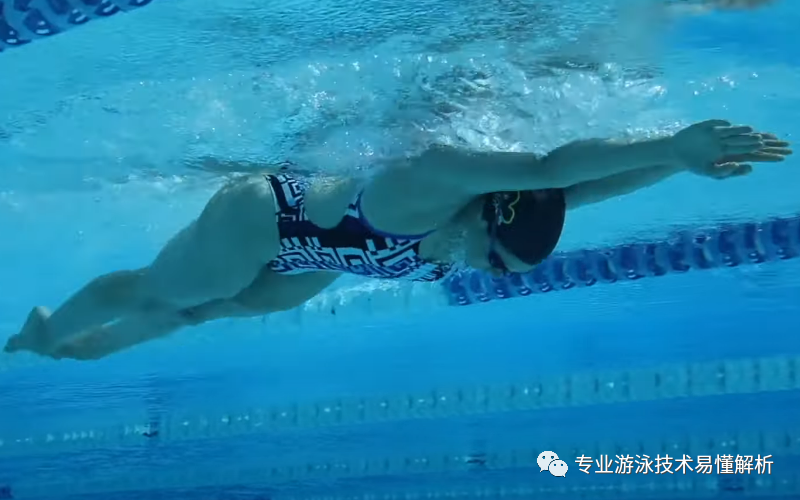
2. Steps for the Butterfly Stroke
Butterfly stroke is a rhythmic, undulating movement that combines arm motions with the dolphin kick. The arm action involves three key phases: catch, pull, and recovery, while the dolphin kick—commonly known as the "dolphin kick"—starts with small kicks followed by larger ones. At the end of the recovery phase, you’ll need to breathe every few strokes. Once you master these steps, you’ll love gliding through the water with the graceful efficiency of a dolphin!
Arm movements
Reach your arms overhead. Pull both hands toward your body in a semicircle, with palms facing outward.
Push your palms backward. Pull your arms along the sides of your body, moving them past your hips. Perform this movement quickly, then completely relax your arms afterward.
Arm recovery: As you complete the stroke, sweep your thumb past your thigh to finish the push phase, then immediately bring both arms out of the water simultaneously and propel them forward, extending them out in front.
Butterfly kick, dolphin kick
Perform the first small flutter kick. While making the signature keyhole shape with your arms, gently flick your calves. Then, during the arm recovery phase, execute a powerful downward push with your kicks.
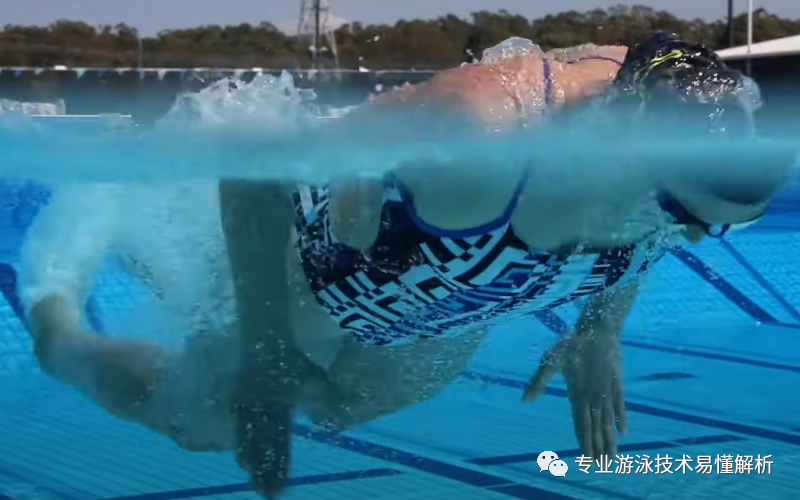
3. Butterfly Stroke Practice
As we mentioned earlier, butterfly is one of the most challenging swimming strokes to master—but it’s also one of the most rewarding and visually stunning styles known in the swimming world today. If you can conquer butterfly, you’ll truly elevate your swimming to a whole new level, enjoying not only incredible speed and efficiency in the water but also the sheer joy of mastering this elegant stroke. Here are some butterfly drills to help you refine your technique.
Single-arm practice: Swim butterfly using just one arm—this helps build strength and ensures balanced improvement in technique on both sides.
3+1 drill: Perform 3 dolphin kicks followed by 1 arm pull-through, keeping your upper arms parallel to the water surface.
Blind swimming. Close your eyes and restrict your breathing—this will help you stay perfectly streamlined as you swim butterfly.
Three-stroke drill: Extend your left arm straight out in front of you, hold it there, and make three strokes with your right arm. Then extend your right arm and repeat—swipe three times with your left arm. This exercise will help improve balance and strengthen your butterfly stroke—or any other common swimming technique.
One official account shares swimming tips, while another focuses on software insights, online resources, and reading experiences.
Thank you for your supportive and encouraging likes, as well as the comments that spark meaningful conversations—and even more, we’d love to see those shares and retweets!


Related Articles

Kicking and squeezing the legs backward is wrong! Women clearly define the path to improving their breaststroke technique.
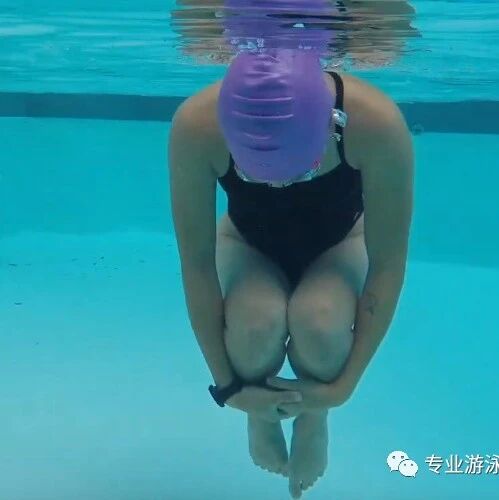
Why do swimming veterans prefer deep water? Techniques to help your mind adapt to deeper waters.
